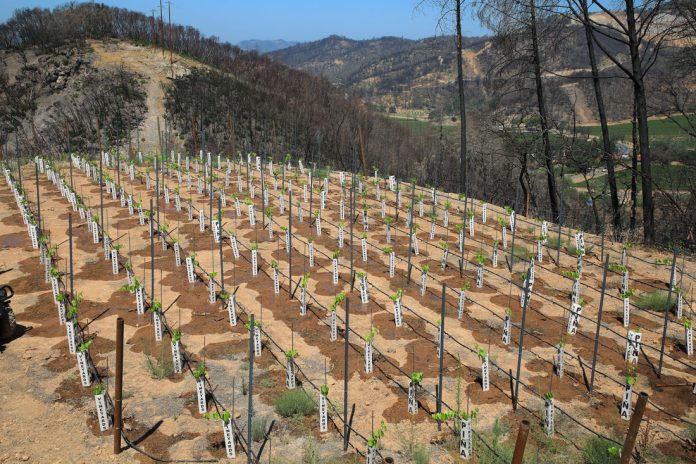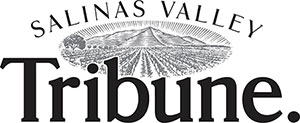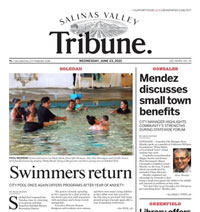
In 2003, Ilkay Altintas, a computer scientist with the University of California, San Diego, had her first wildfire encounter. She had been in Santa Barbara for a workshop and couldn’t take the train home.
“The track was gone,” she recalled this week.
So she hitched a ride with a colleague. She remembers seeing the ocean on one side of her and fire on the other as they drove. “It was like heaven and hell.”
That year, fires tore through the San Diego region, leaving 16 people dead and 2,400 homes destroyed. One of the blazes, the Cedar fire, was at the time the largest in California history, burning more than 273,000 acres.
Since then, that record has been demolished as climate change has lengthened fire seasons and caused the blazes themselves to burn hotter and faster. Last year, five of the six largest fires in the state’s known history together chewed through nearly 2.5 million acres. The Cedar fire is now the state’s eighth-largest blaze, and the only one in the top 10 to have taken place before 2010.
But, as Altintas told me, technology has also advanced in the years since 2003. That, she said, can help both prevent out-of-control wildfires and minimize the destruction they cause.
“It gives us hope,” she said.
Altintas is the founder and director of the university’s WIFIRE Lab, where she and her team have worked over the past eight years to use data to help fire managers and scientists.
And in the last decade or so, the quantity of data has increased. A lot.
Where once there were basic weather cameras used by surfers, there are now vast systems taking in almost real-time satellite views, sensing wind patterns, tracking utility service and more.
All that information, coupled with troves of data about past blazes, can be used with artificial intelligence to quickly predict how fires will burn once they have ignited, and to help plan measures, like prescribed burns, aimed at preventing bigger, more dangerous fires.
“It’s been an information revolution,” Altintas said.
She demonstrated the lab’s fire map, which she said was used to help fight every major fire in the state. The interface was intuitive, like a more colorful Google map.
Altintas clicked on filters that showed ongoing fires in detail — where they were actively burning and where they had already been — along with the areas that had been burned by fires in the past. She said she could pull up camera views from weather stations or see how a given fire might have burned if conditions had been different, and how close it would have come to where people live.
This, she said, helps fire officials decide where to send resources to battle a fast-moving blaze and which areas to evacuate.
A product known as BurnPro 3D showed, as the name suggests, three-dimensional images of vegetation down to a 1-meter resolution. That can help fire managers prioritize where they should intentionally light fires when it is safe to do so, because they can see where fuels have built up to dangerous levels.
In coming years, Altintas said, she hopes the fire map and BurnPro 3D will help significantly streamline the permitting process for prescribed burns and will be able to help predict where there is a risk for landslides or flooding.
“Those are all very relatable things that can happen at any time,” she said. “So we want to pull together the data and modeling community to model those as fast as we can.”
Ultimately, she emphasized that one of the lab’s most important functions is making data — and tools for analyzing it — accessible to a wide range of collaborators across the country.
That, Altintas said, is the only way that scientists and officials can even attempt to keep up with rapidly changing environmental challenges.
“The main thing here is we can’t just react,” she said. “We need more people to say, ‘We can do something about it.’”
This article originally appeared in The New York Times.
Copyright 2021 The New York Times Company













